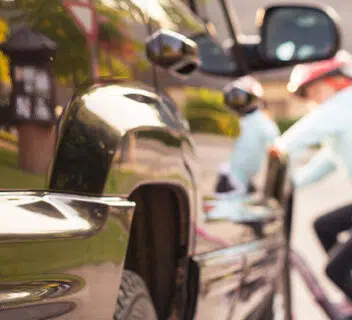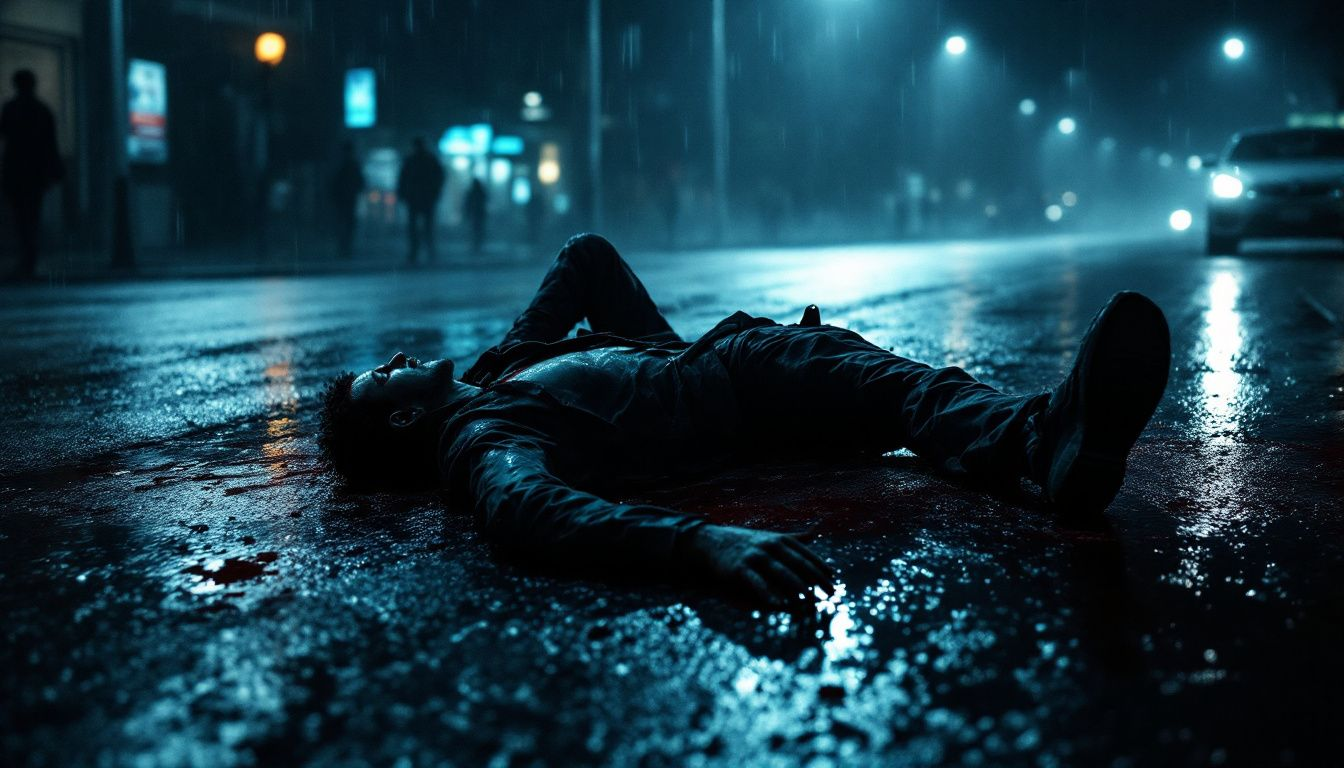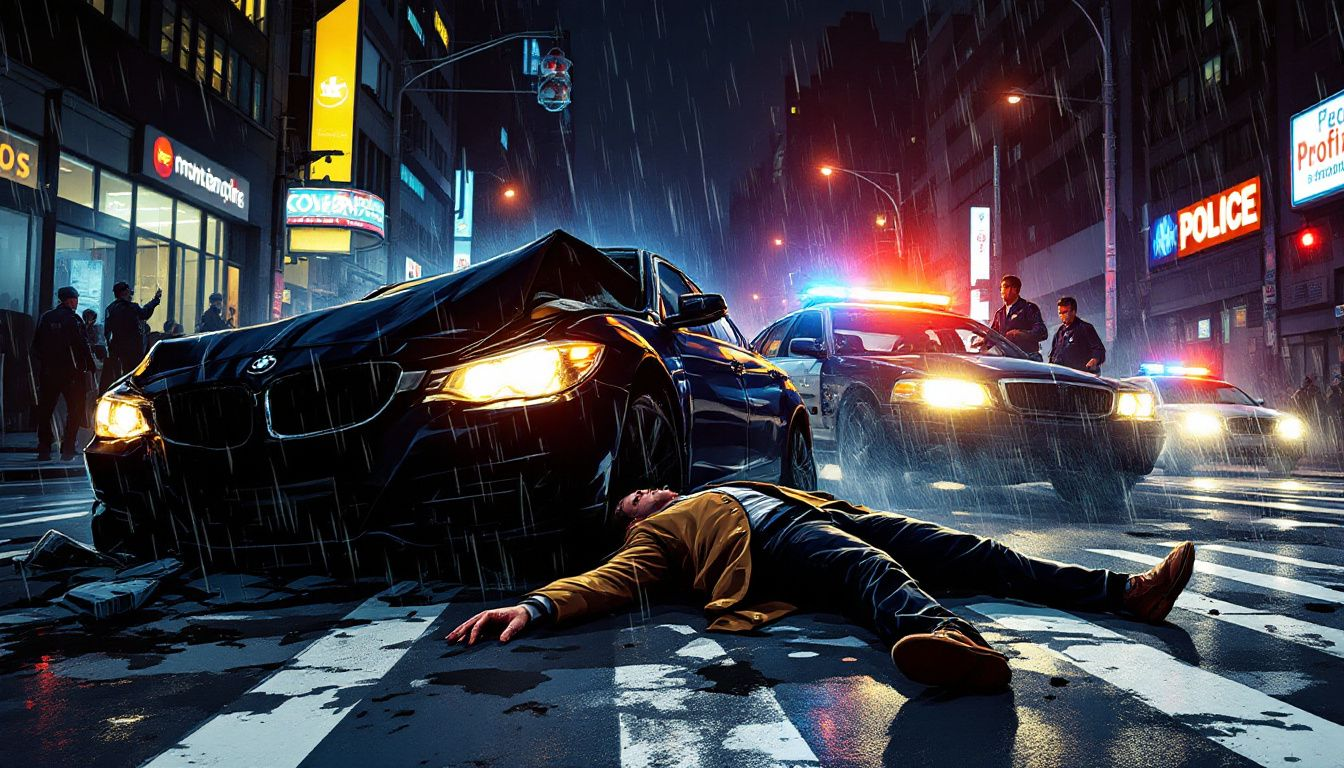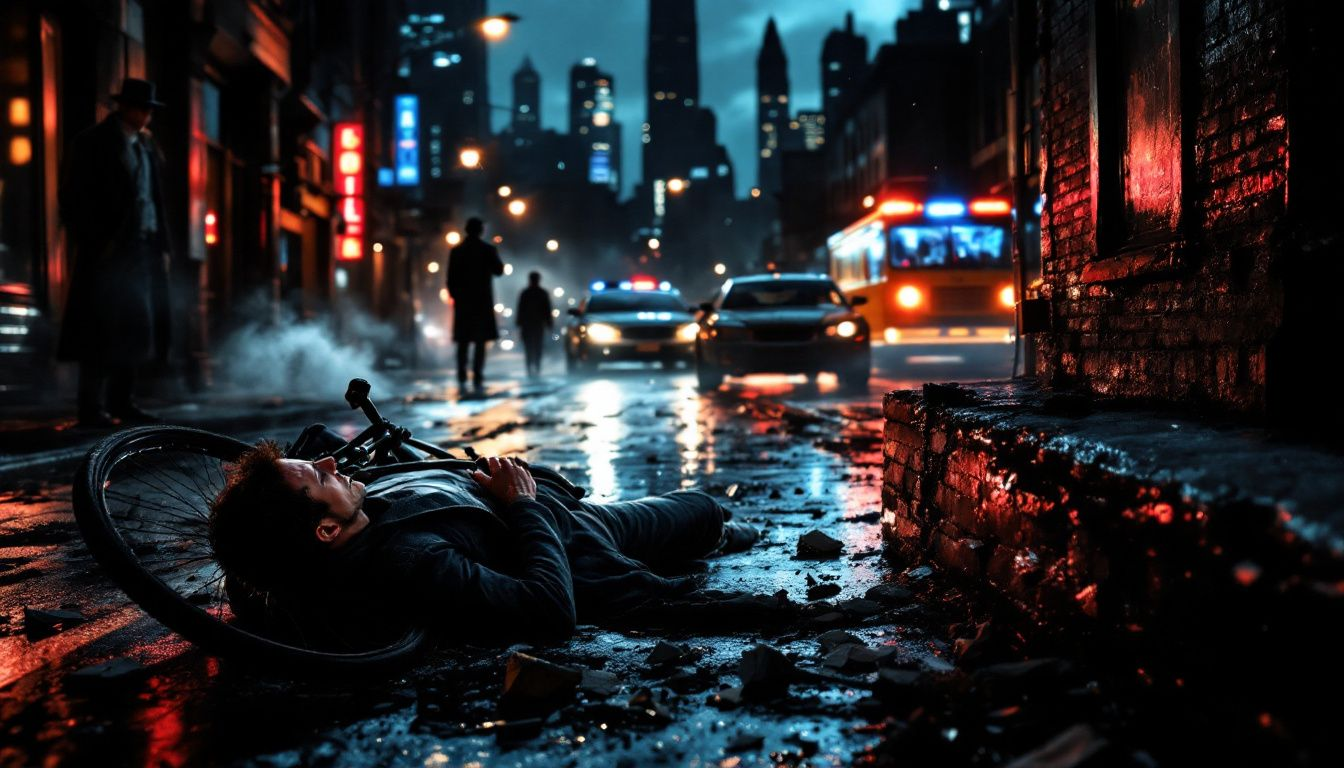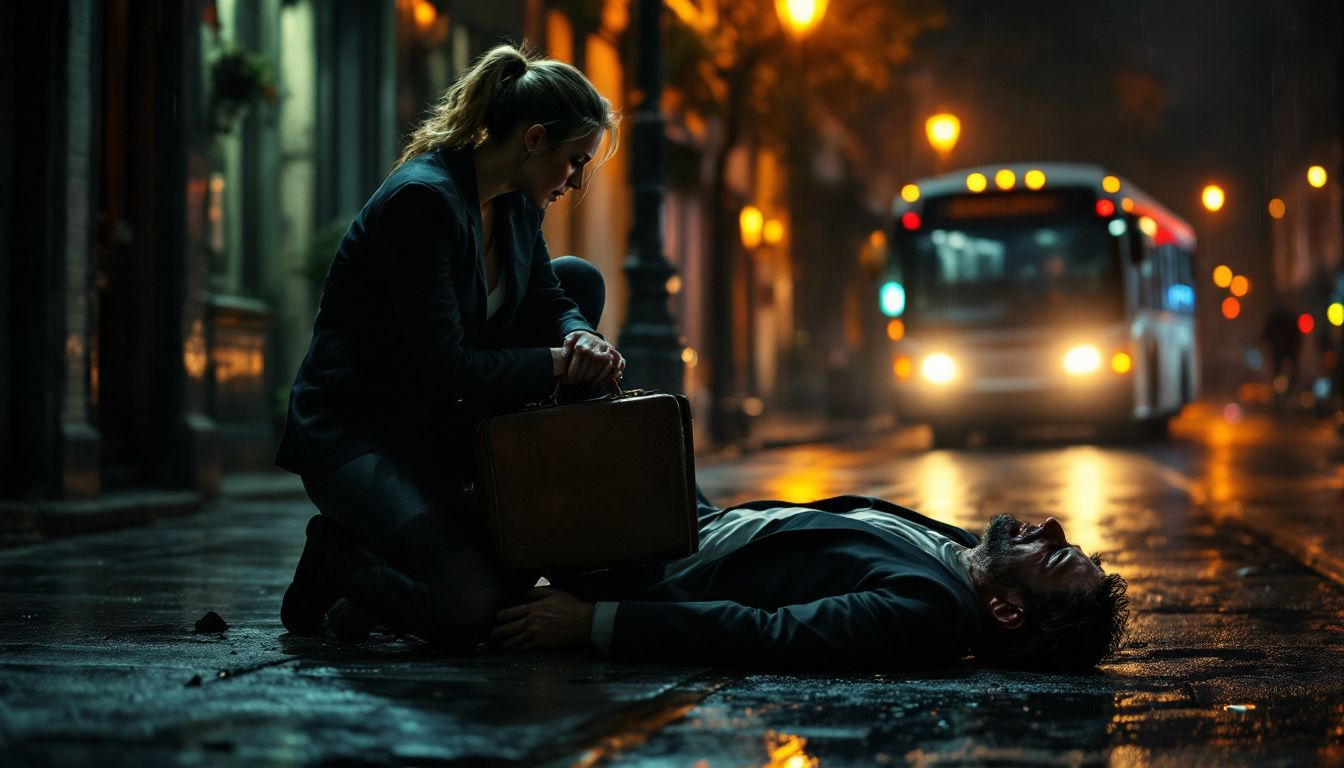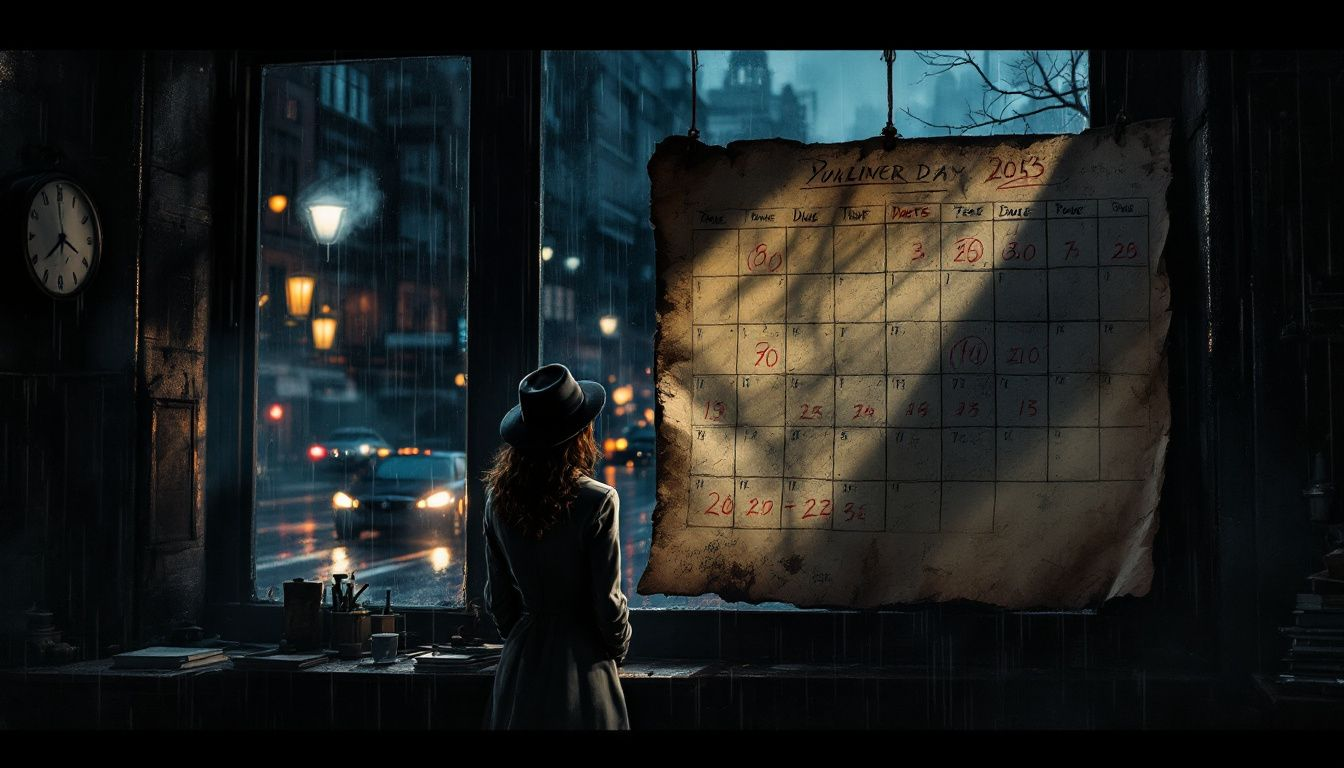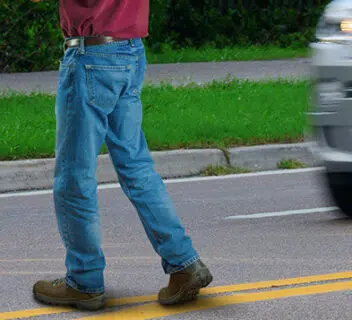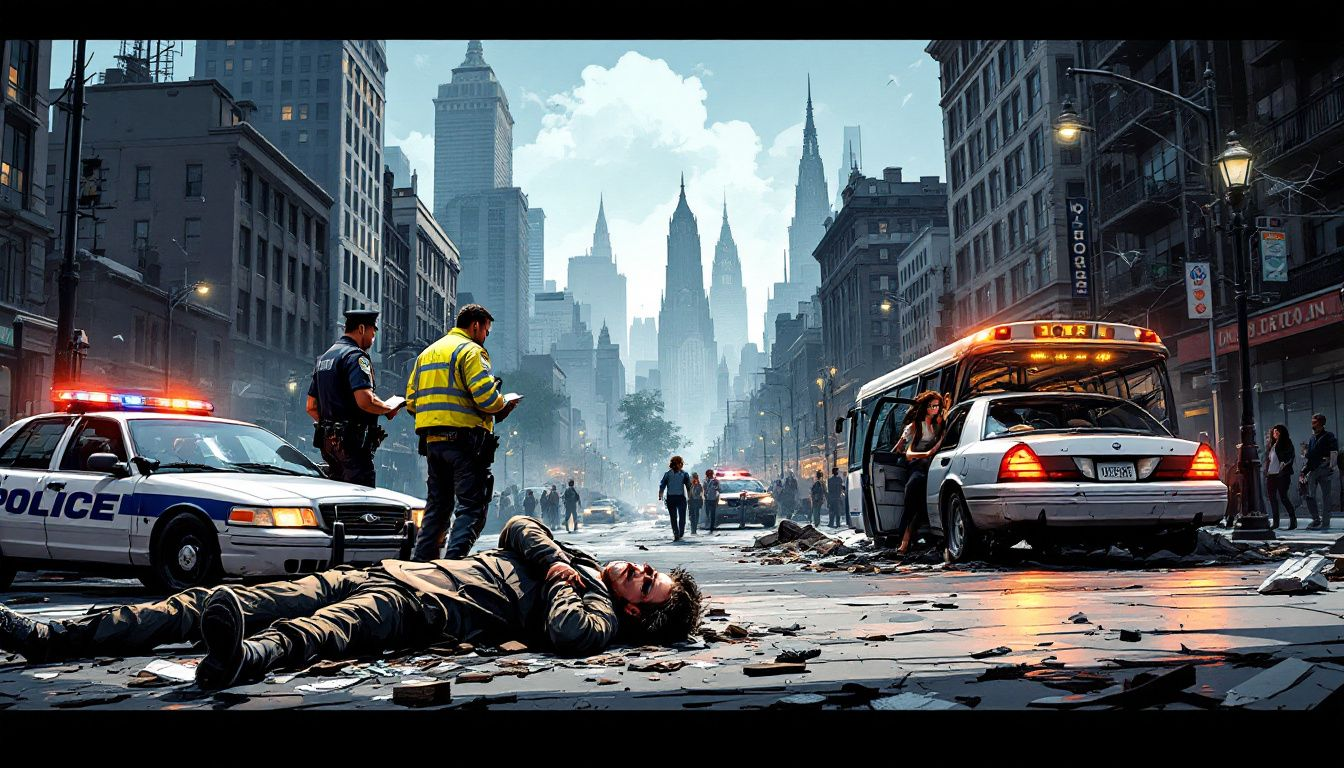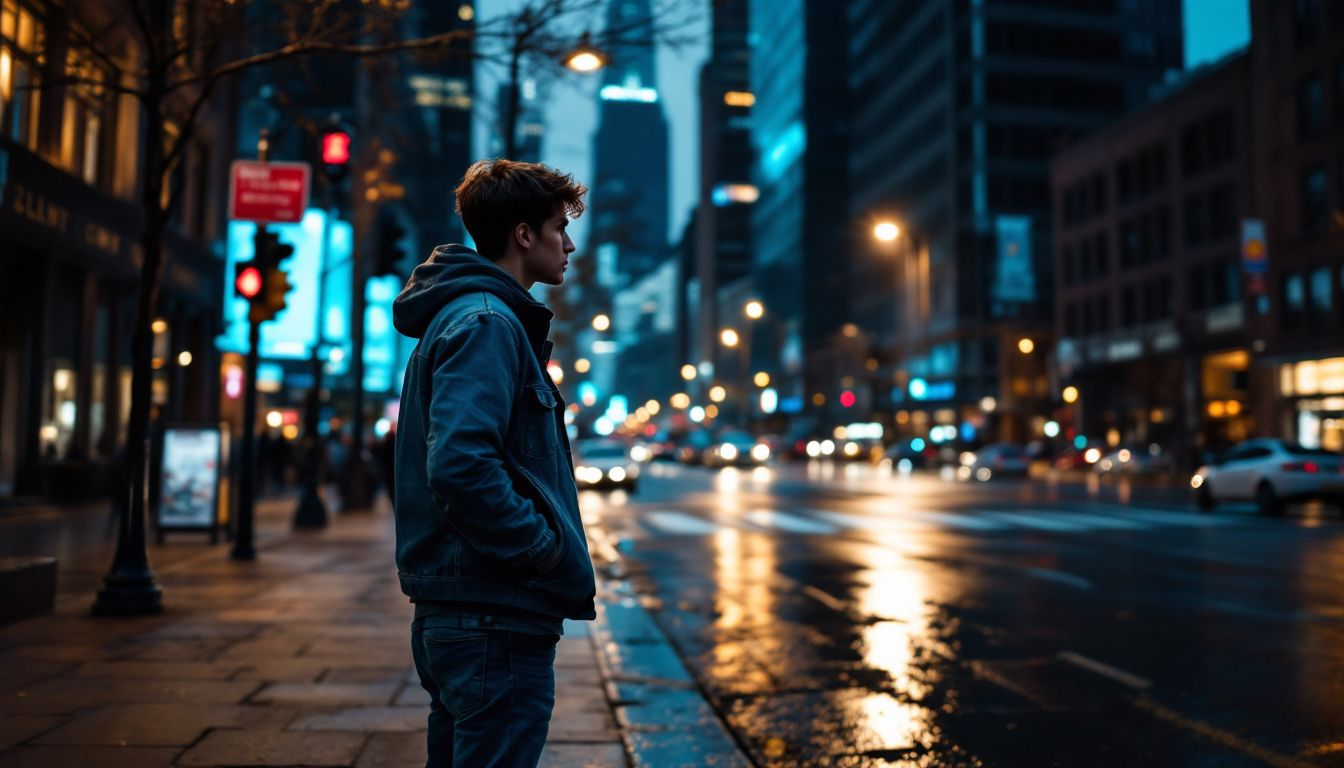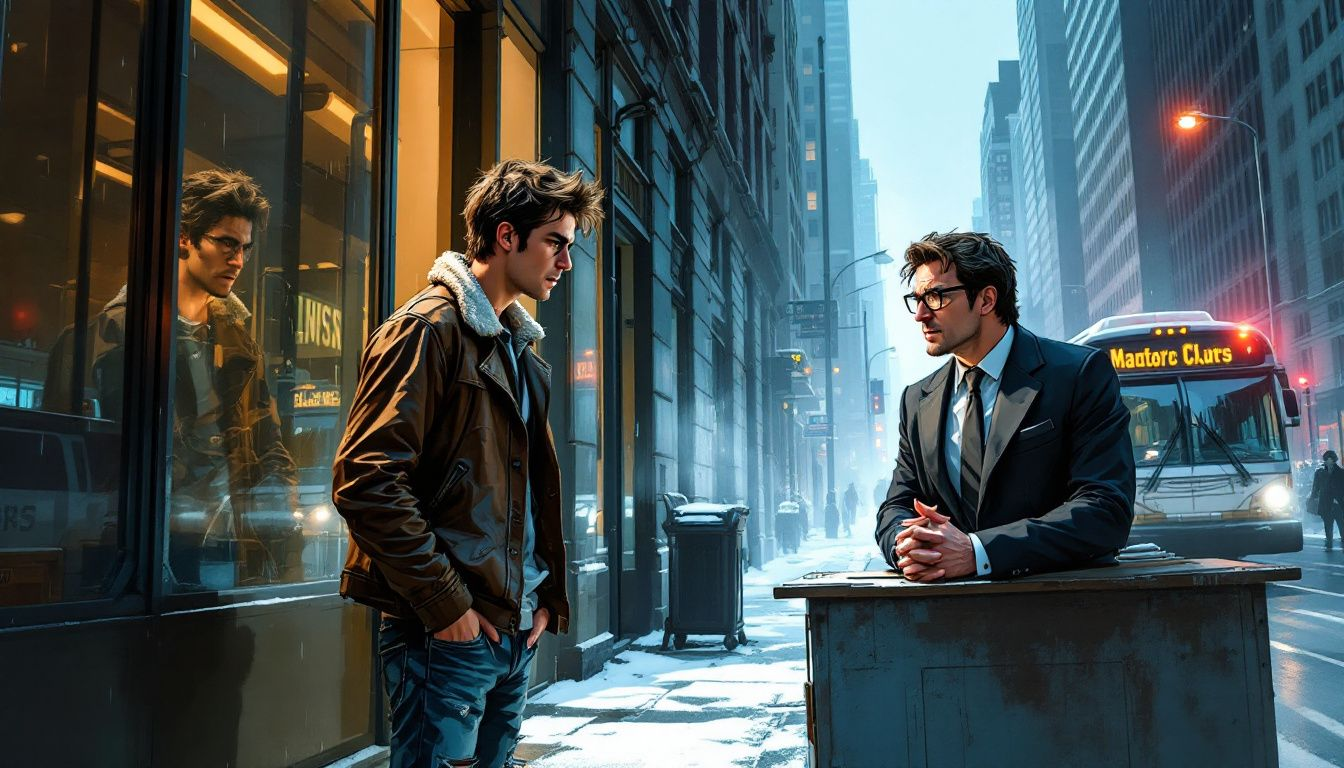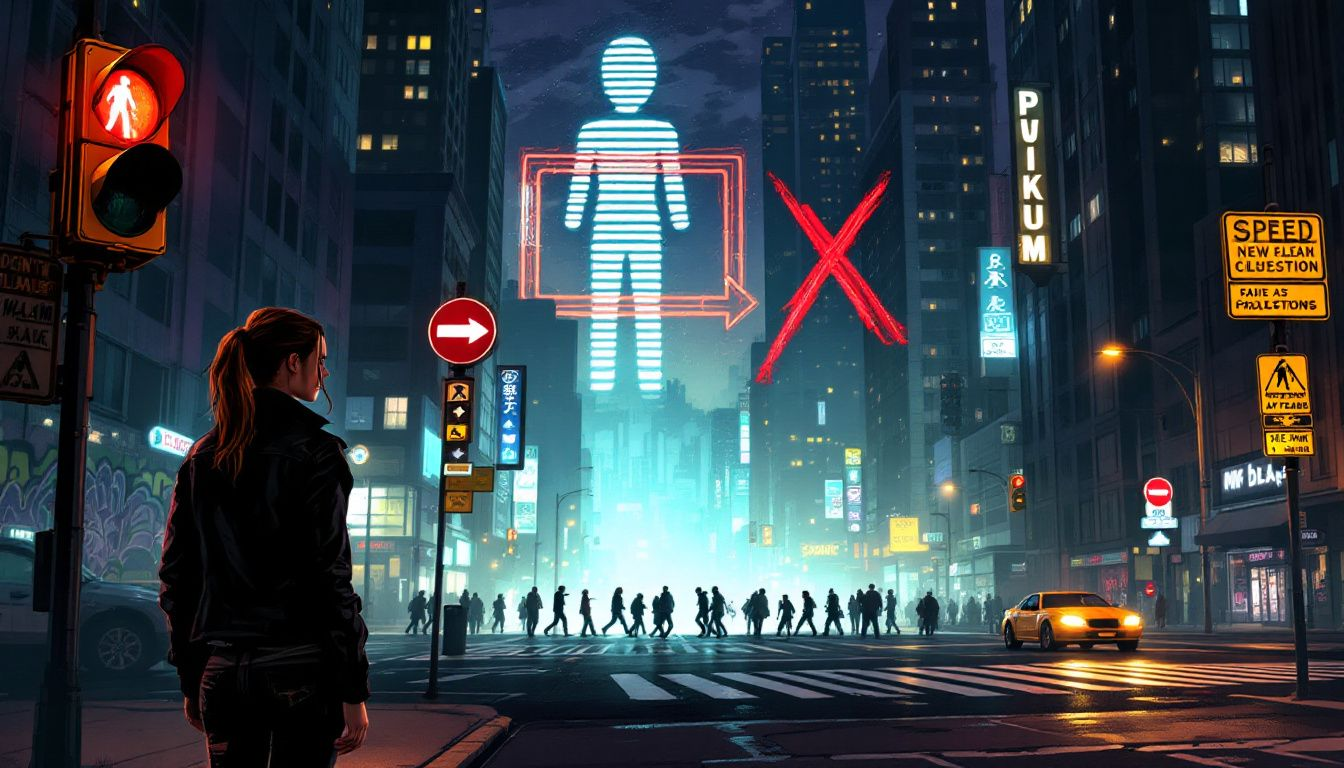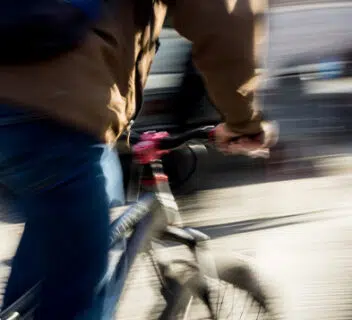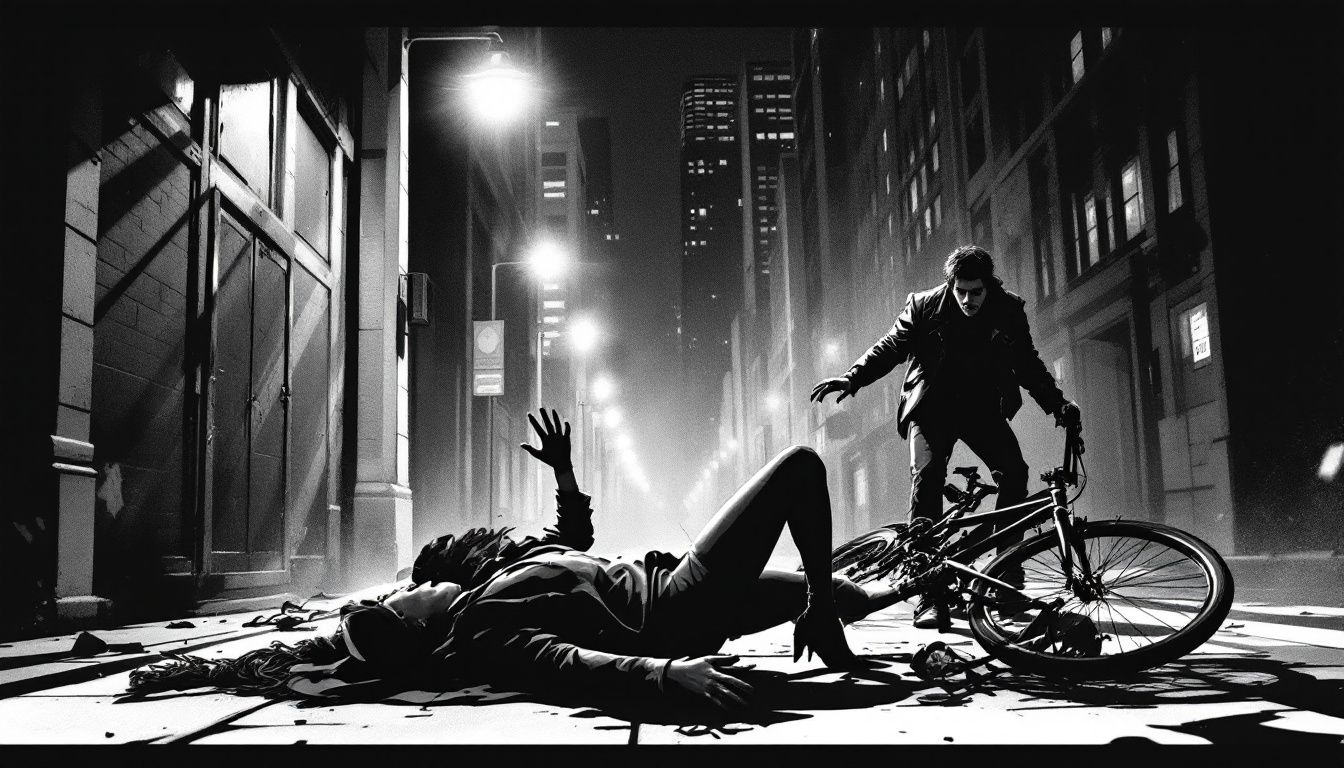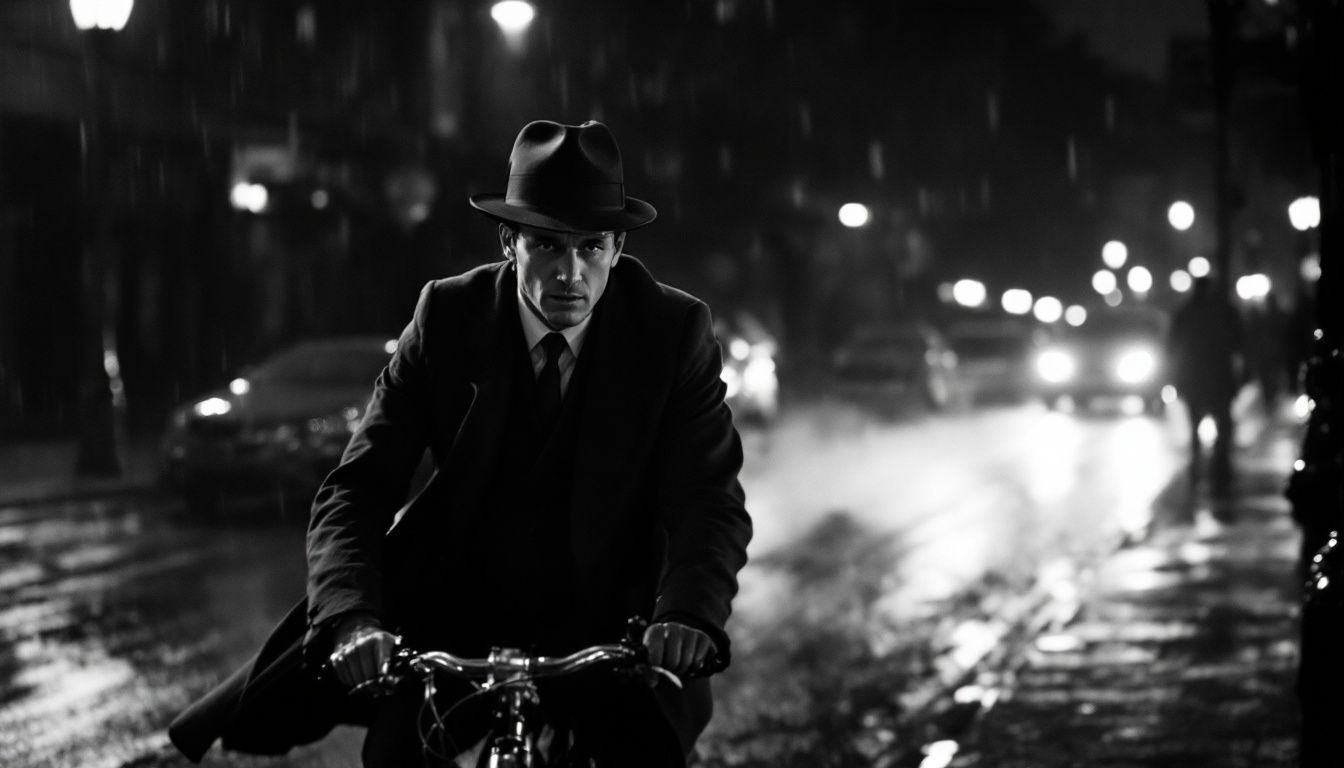Unmarked crosswalks are legally recognized crossing points at intersections without any visible markings, which are crucial for crossing roadways safely. Knowing your rights and responsibilities at these crossings is crucial for preventing accidents and ensuring everyone’s safety. This article explains what an unmarked crosswalk is, the rules for both pedestrians and drivers, and the steps to take after an accident.
Key Takeaways
- Unmarked crosswalks are legally recognized pedestrian crossing points, and both drivers and pedestrians have specific responsibilities for safety at these locations.
- In the event of an accident at an unmarked crosswalk, pedestrians have the right to compensation, but their actions can influence liability based on comparative negligence laws.
- Hiring pedestrian accident attorneys or personal injury lawyers is vital for victims to secure fair compensation, navigate legal complexities, and effectively negotiate with insurance companies.
Understanding Unmarked Crosswalks
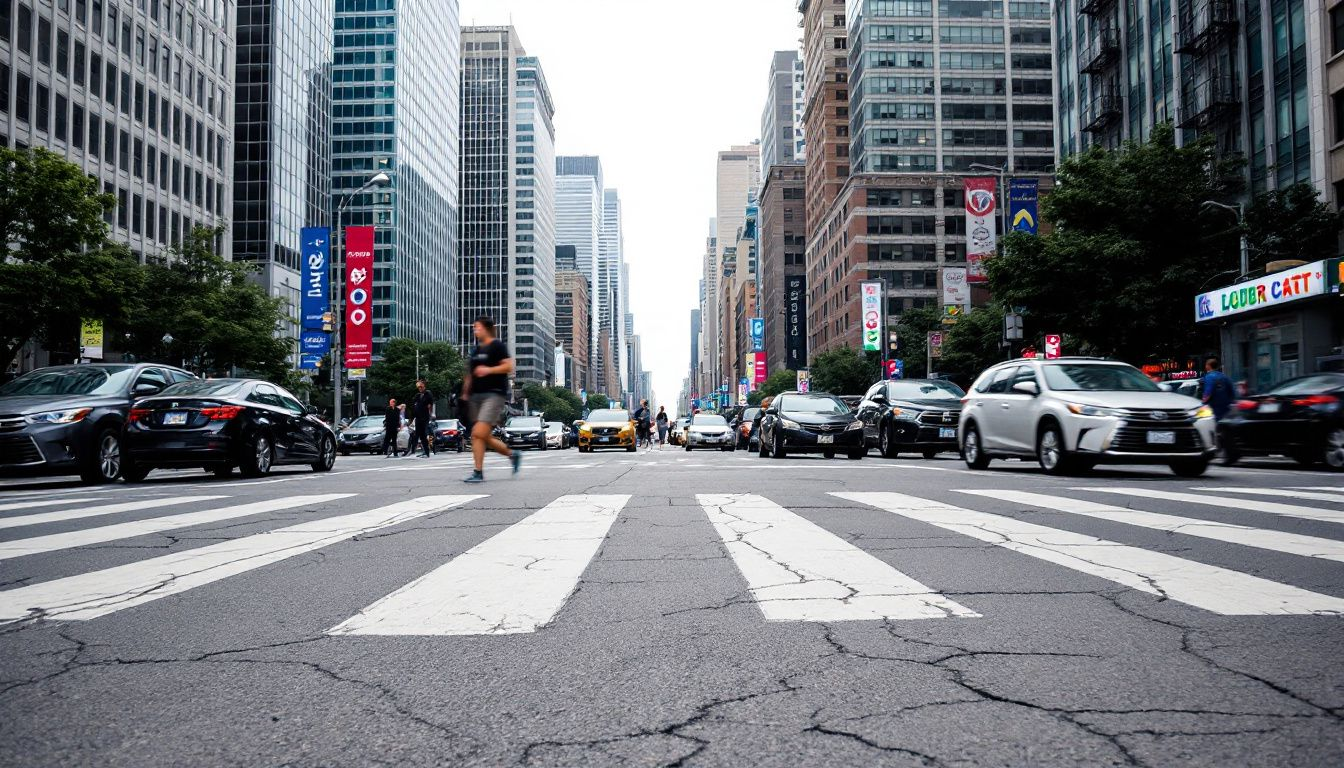
Pedestrian crossings that are unmarked lack visual indications such as signs, signals, or painted lines and typically exist where streets intersect at right angles without any signs forbidding crossing. In jurisdictions like California, the Civil Rights Code deems these intersections legitimate points for pedestrians to cross and provides them with the same legal protections they would receive in a marked crosswalk.
Frequently found at corners where two streets meet, these unmarked pedestrian crossings act as an unseen extension from one sidewalk to another across the street. They form an implicit pathway for individuals on foot to navigate roadways securely. It’s vital for both those walking and those driving vehicles to recognize this concept because it bears weight on their legal obligations and shapes necessary safety practices within these junctions.
Acknowledgment of unmarked crosswalks is crucial in bolstering pedestrian safety. Crossings intended for pedestrians—whether visibly demarcated by painted lines or not—are essential components designed into roadway systems explicitly dedicated to safe passage when crossing thoroughfares. Realizing the existence of invisible yet important pathways designated for walkers underscores commitment towards enhancing their well-being while diminishing potential traffic mishaps.
Pedestrian Rights at Unmarked Crosswalks
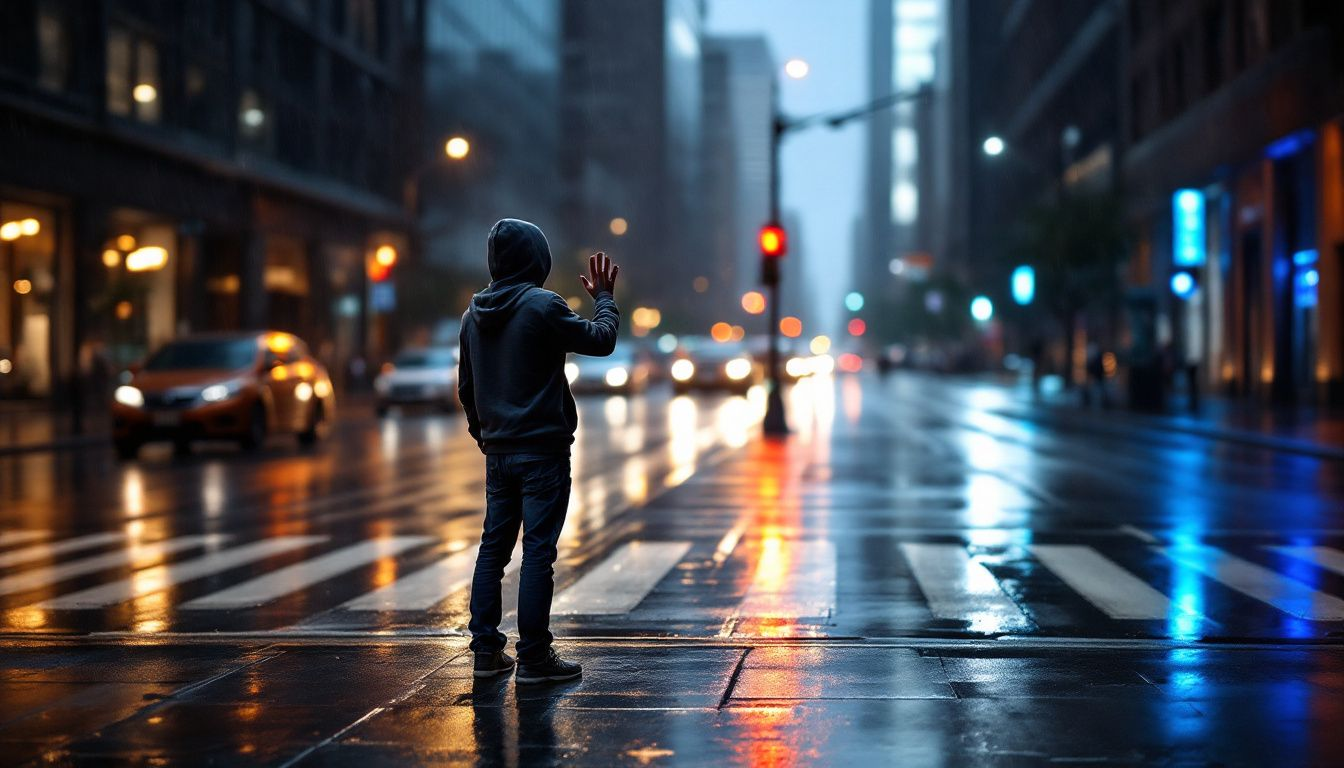
Individuals on foot hold certain rights when it comes to crossing at locations without marked crosswalks. It is the legal duty of unmarked crosswalk drivers to give way to pedestrians in these spots, securing their safe transition. Those walking must remain vigilant and not suddenly step into the path of approaching traffic that could lead to immediate harm. Such shared vigilance contributes to preserving a harmony between pedestrian safety and vehicular movement.
Although individuals on foot are granted the right of way at crossings with no markings, this privilege has its limitations. It’s crucial for pedestrians making their way across such paths to make sure they catch the eye of drivers beforehand. Confirming visibility minimizes accident risks. On top of that, if an individual ignores regulations by engaging in jaywalking behavior, this may weaken any potential claims against vehicle operators should a collision occur.
Should there be an unfortunate instance where someone gets injured while traversing unmarked pathways designated for those walking, compensation might be warranted. Possible recompense can assist with covering costs related to medical care necessitated due to post-accident injuries as well as earnings lost during recovery time among other consequential losses endured from mishaps experienced en route.
Driver Responsibilities in Unmarked Crosswalks
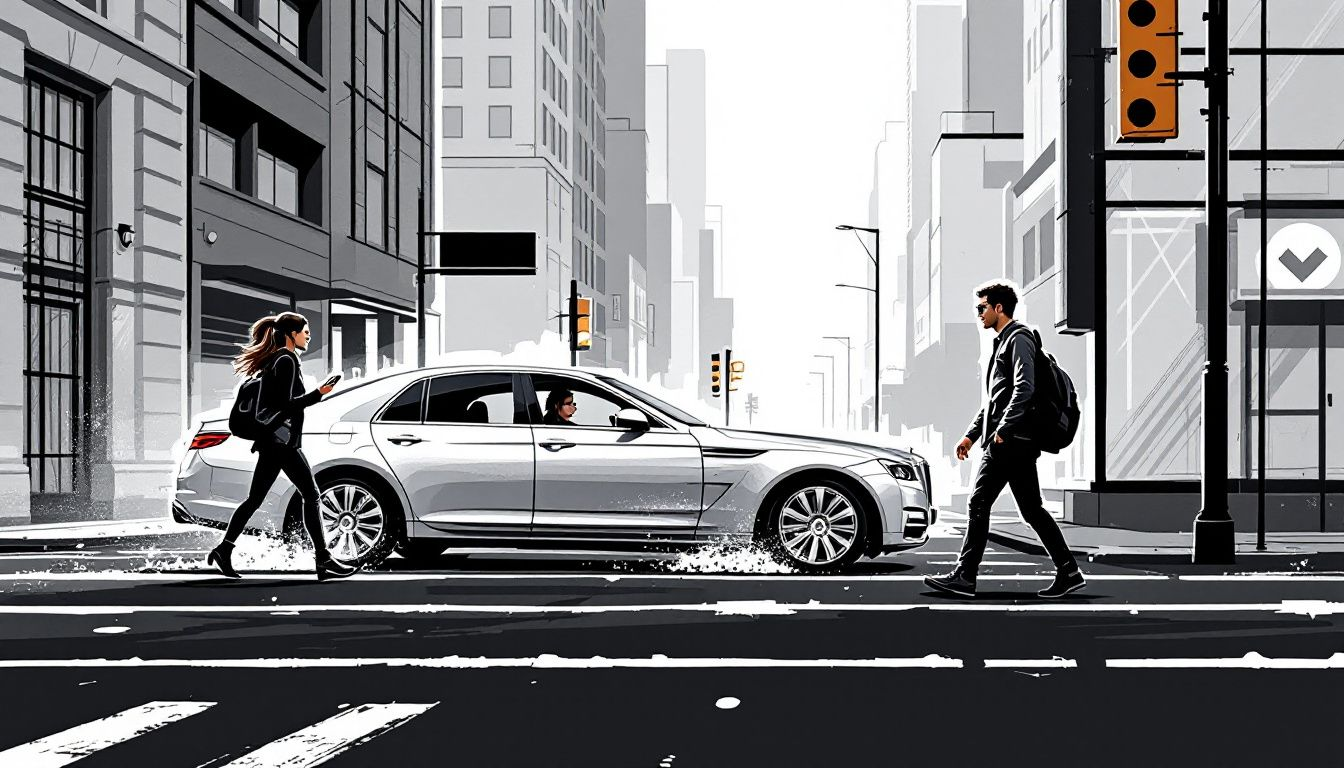
Drivers must be attentive when approaching an unmarked crosswalk, as they are obligated to give way to pedestrians. This duty requires them to come to a full stop if it’s necessary for the pedestrian’s safe crossing, whether at a marked or unmarked crosswalk. The requirement of yielding is applicable at both marked and unmarked crosswalks, highlighting the necessity for driver alertness and careful behavior.
Should drivers neglect their responsibility at unmarked crosswalks, serious repercussions may follow. In instances where such negligence results in a pedestrian accident, drivers could face criminal prosecution, traffic tickets, and financial accountability due to their actions. Instances of driver carelessness like distraction or disregard for traffic signals often play a critical role in determining fault in these accidents.
It is particularly crucial for drivers to moderate their speed during conditions that impair visibility such as nightfall or adverse weather events. Precautionary steps should be taken by motorists near intersections and areas with traffic lights so that they can secure pedestrian safety while circumventing potential legal consequences stemming from collisions with an oncoming vehicle.
Comparative Negligence in Unmarked Crosswalk Accidents
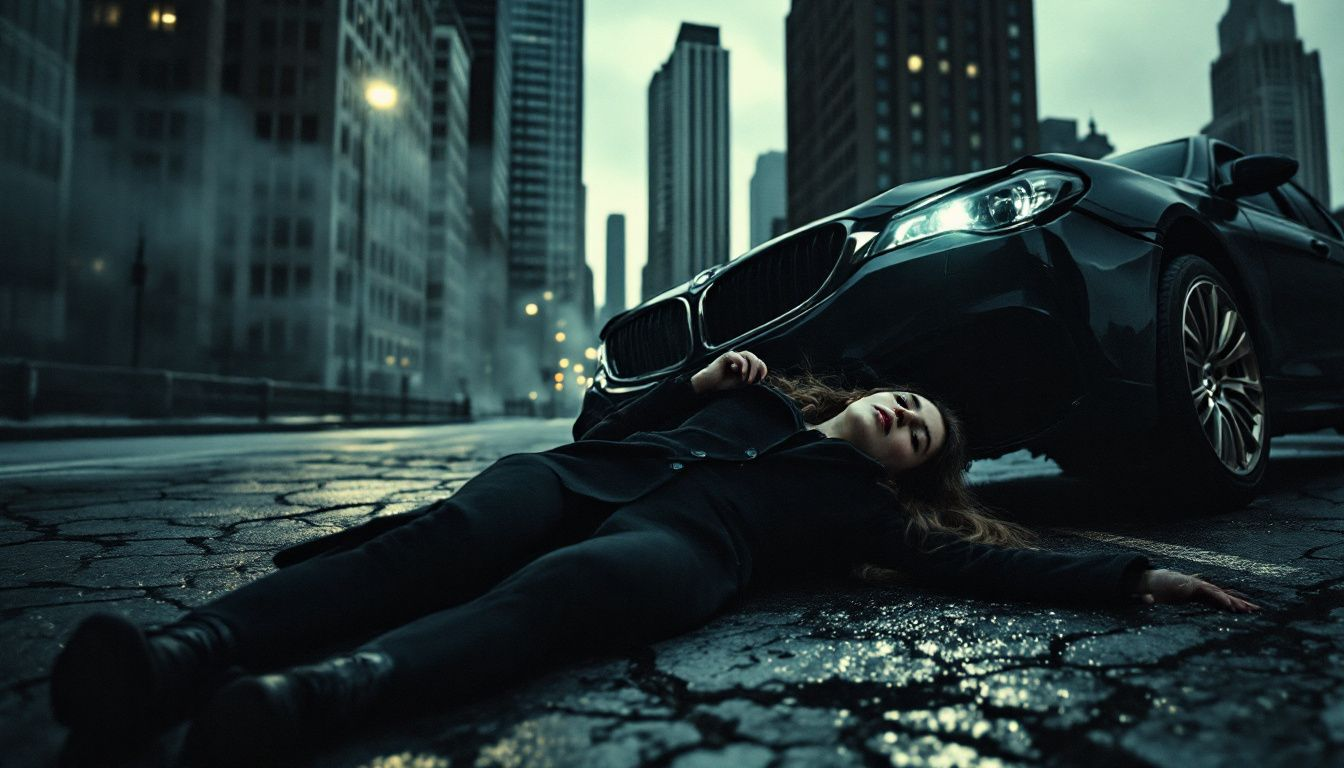
The laws of comparative negligence are essential in determining compensation following pedestrian crashes at unmarked crosswalks. These statutes apportion the compensation amount according to each involved party’s level of fault. For example, states with pure comparative negligence systems, such as California, allow plaintiffs to obtain damages even when they bear some responsibility for the incident.
To ascertain equitable recompense, one must evaluate both tangible and intangible losses, which span future medical costs, earnings lost due to inability to work, and emotional distress. Given the intricate nature of establishing culpability in these instances, personal injury attorneys play a vital role. Their proficiency lies in negotiating with insurers to procure just settlements for clients.
In contrast, there are modified comparative negligence jurisdictions like Oregon where plaintiffs forfeit their right to recover damages if found more than 50 percent responsible for an accident. Awareness of these critical distinctions is indispensable when confronting the complexities inherent in legal proceedings involving pedestrian mishaps at unmarked crosswalks.
Determining Liability in Unmarked Crosswalk Accidents
Assessing responsibility for incidents at a marked and unmarked crosswalk necessitates a detailed review of the event’s context. Pedestrian vehicle accidents can lead to drivers being held accountable, especially when they have not adhered to safe driving practices or if their behavior behind the wheel is considered dangerous. The financial burden of compensating for harm caused to pedestrians often falls upon the driver’s insurance provider.
On occasion, liability in a pedestrian-vehicle accident may also fall upon the pedestrian themselves, particularly if their actions played a role in causing the collision. Should an individual step abruptly into traffic from a place deemed secure, they too could bear some blame due to contributory negligence influenced by local regulations and case-specific details.
Liability attribution in each instance where there is no clearly marked crosswalk is tailored according to distinct variables present during that particular incident. Navigating these legal intricacies effectively and achieving just compensation requires professional legal counsel.
Legal Protections for Pedestrian Safety
Both marked and unmarked crosswalks provide pedestrians with substantial legal safeguards. It is the duty of drivers to give way to individuals on foot at these intersections, prioritizing their protection. These responsibilities are underpinned by state legislations such as those in Ohio, mandating that motorists concede the right of way to pedestrians traversing crosswalks when traffic signals aren’t active.
When struck within a crosswalk versus outside one, a pedestrian’s legal position is considerably stronger. This difference underscores the importance of pedestrian signals for enhanced safety and legality reasons. If a vehicle has halted for someone crossing the street, it is not permissible for other vehicles to overtake this stopped car — a measure that aids in securing pedestrian well-being and curtails incidents involving walkers.
Particularly crucial for elder walkers who might face increased risks while navigating streets—recognizing they possess these protections can greatly enhance roadway security among all pedestrian groups through an informed awareness of their entitlements.
Importance of Hiring Pedestrian Accident Attorneys
Attorneys specializing in pedestrian accidents are essential for assisting individuals in dealing with the repercussions of such incidents. These legal professionals are instrumental in identifying who is at fault, compiling relevant proof, and advocating for their clients before a judge. They meticulously examine each case to gather all evidence needed to fully comprehend what occurred during the accident.
Those harmed in pedestrian accidents might obtain substantial monetary redress that typically averages approximately $227,000 per settlement. This financial compensation is intended to help with covering medical bills, compensating for lost income due to missed workdays, and addressing additional losses incurred from the incident. Safety measures like raised medians can also play a crucial role in preventing such accidents. Engaging an attorney significantly enhances one’s likelihood of achieving just restitution while ensuring that those liable are held accountable.
The complexities involved in negotiating settlements and representing clients demand expertise found within the legal field. Reaching out to a lawyer well-versed in pedestrian accident cases—or several attorneys specialized in this area—for a complimentary initial meeting can offer crucial insight and support as victims navigate these tough times.
Contact 1-800-THE-LAW2 today for a free consultation with an experienced pedestrian accident lawyer in our professional network.
How a Personal Injury Attorney Can Help
An attorney specializing in personal injury is indispensable following an accident involving a pedestrian. Pedestrian accident attorneys are diligent in amassing vital proof, including securing police reports and procuring testimony from witnesses, to fortify the case of those they represent. This collection of evidence plays a pivotal role in crafting a compelling argument for just recompense.
A significant aspect of what a personal injury lawyer does involves haggling with insurance firms who tend to propose minimal settlements. Utilizing their negotiation prowess, these lawyers strive to obtain comprehensive compensation for their clients that adequately covers various damages incurred like medical bills and emotional distress.
Personal injury attorneys advocate for their clients before the judiciary, navigating them through the intricacies inherent in legal proceedings with professional adeptness. With insights into regional traffic regulations coupled with an impartial view on matters at hand, they increase the likelihood of achieving positive verdicts significantly. Engaging in an initial consultation offered gratis by such experienced practitioners can be crucial in pursuing justice as well as facilitating healing and rehabilitation after being affected by such incidents.
For a free consultation with a personal injury attorney from our professional network, contact 1-800-THE-LAW2 today.
Steps to Take After an Accident
Following a pedestrian accident, ensuring safety should be the immediate focus. If possible, relocate to a secure area away from traffic and dial 911 for medical attention if injuries have occurred. Collecting essential information at the scene is imperative—take note of contact details for both the driver involved and any onlookers who can act as witnesses. This documentation will prove crucial when filing insurance claims or engaging in legal action related to an accident involving a pedestrian crossing roadways.
Promptly notifying your insurance provider about the incident is key to obtaining coverage for expenses tied to any injuries sustained. It’s equally important to consult with personal injury attorneys who can evaluate how strong your claim is and advise you through each step of the ensuing legal procedures. Seeking out an attorney swiftly can greatly influence the final verdict regarding your case.
Taking these measures after being involved in a pedestrian accident will help safeguard not only your well-being but also uphold your rights legally while aiming for appropriate compensation for damages incurred.
Summary
It is essential to know the appropriate actions following pedestrian crashes at an unmarked crosswalk for both safety and legal reasons. This overview has encompassed key points, including comprehending the nature of unmarked crosswalks, the rights of pedestrians, the obligations of drivers, and why legal guidance is crucial. Being aware of your entitlements and understanding post-accident procedures can greatly improve how you handle such incidents.
Keep in mind that obtaining legal assistance is critical. A proficient lawyer specializing in pedestrian accidents can offer expert advice and support needed to secure just compensation. Stay knowledgeable, remain vigilant when exercising caution on roadways, and always put safety first to safeguard yourself and those you care about while navigating traffic environments.
Frequently Asked Questions
Who has the right of way at an unmarked crosswalk in California?
Pedestrians have the right of way at unmarked crosswalks in California, and in unmarked crosswalks drivers must yield to them. This legal obligation ensures the safety of those crossing the road.
What is the new law for crosswalks in California?
The new law in California prohibits drivers from parking or stopping their vehicles within 20 feet of a marked or unmarked crosswalk, effective January 1, 2025.
This measure aims to enhance visibility and reduce pedestrian fatalities.
What actions would you take when a pedestrian enters an unmarked crosswalk?
You must stop to yield to the pedestrians, as they have the legal right to cross at unmarked crosswalks. Prioritizing their safety is essential in such situations, especially when crossing roadways.
Is it illegal to park in an unmarked crosswalk in California?
Yes, it will be illegal to park in a marked or unmarked crosswalk in California starting January 1, 2025, as all drivers will be prohibited from parking within 20 feet of any crosswalk.
Can drivers be held liable for accidents at unmarked crosswalks?
Drivers can indeed be held liable for accidents at unmarked crosswalks if they do not yield or act negligently. It is essential for unmarked crosswalk drivers to remain vigilant to ensure pedestrian safety.

